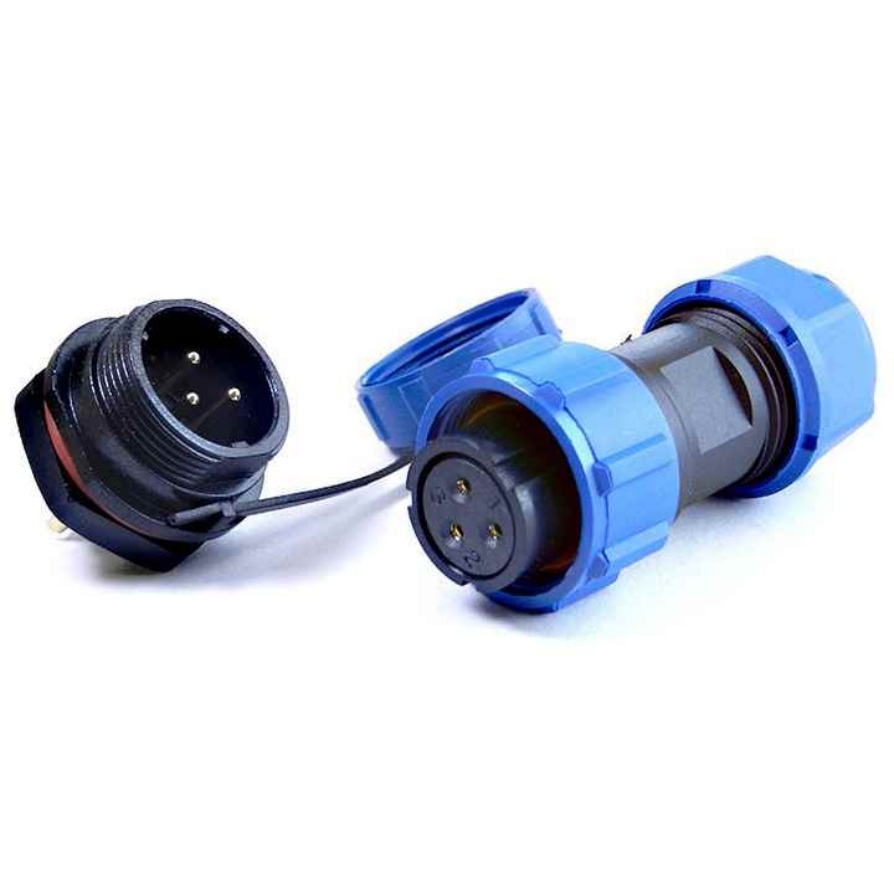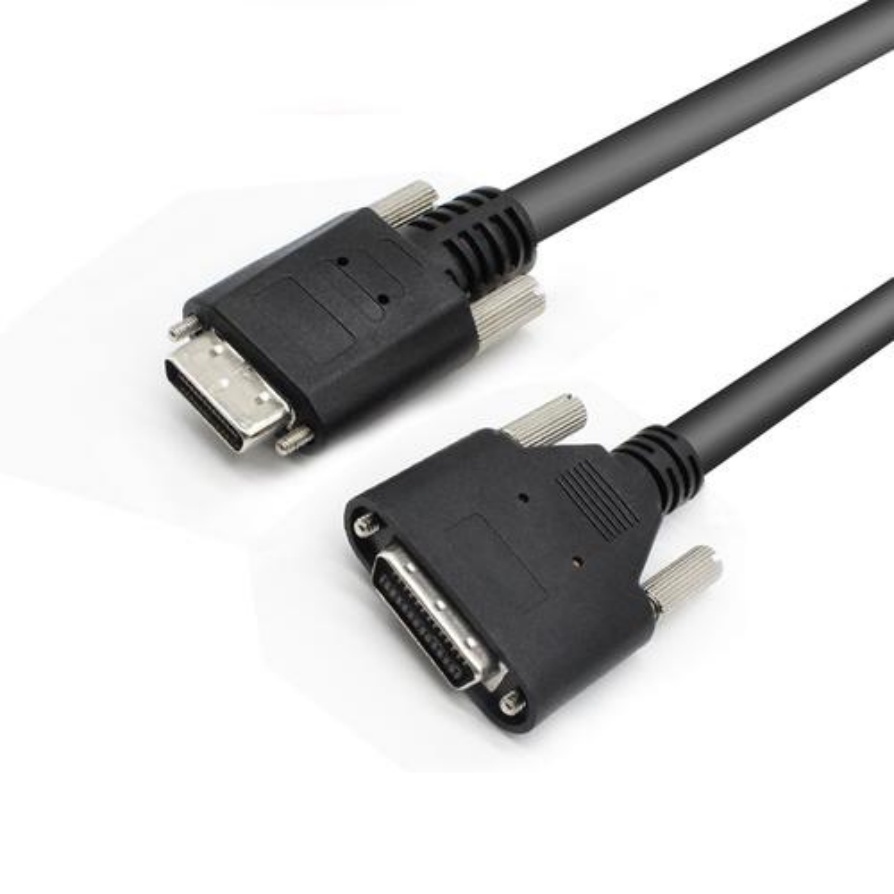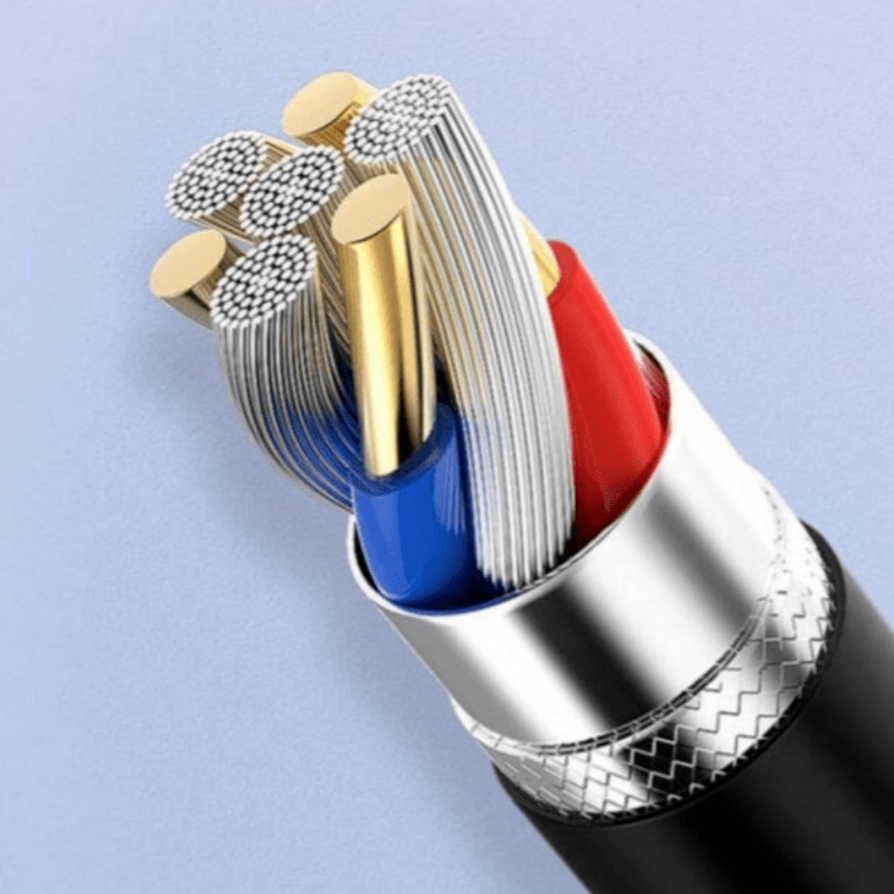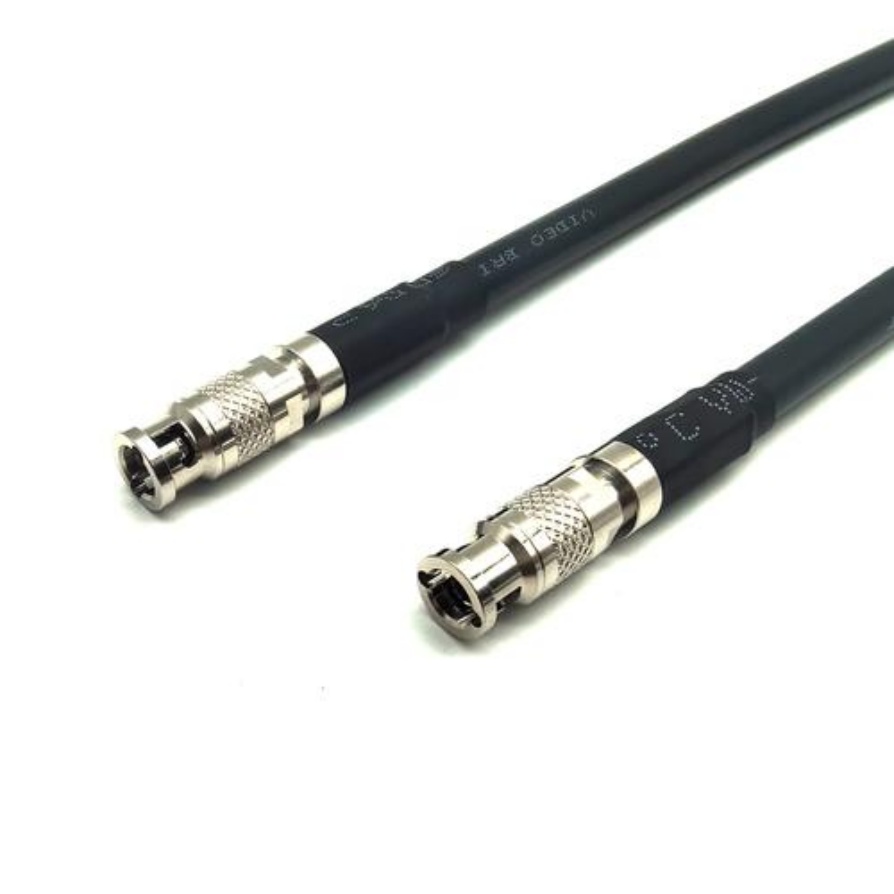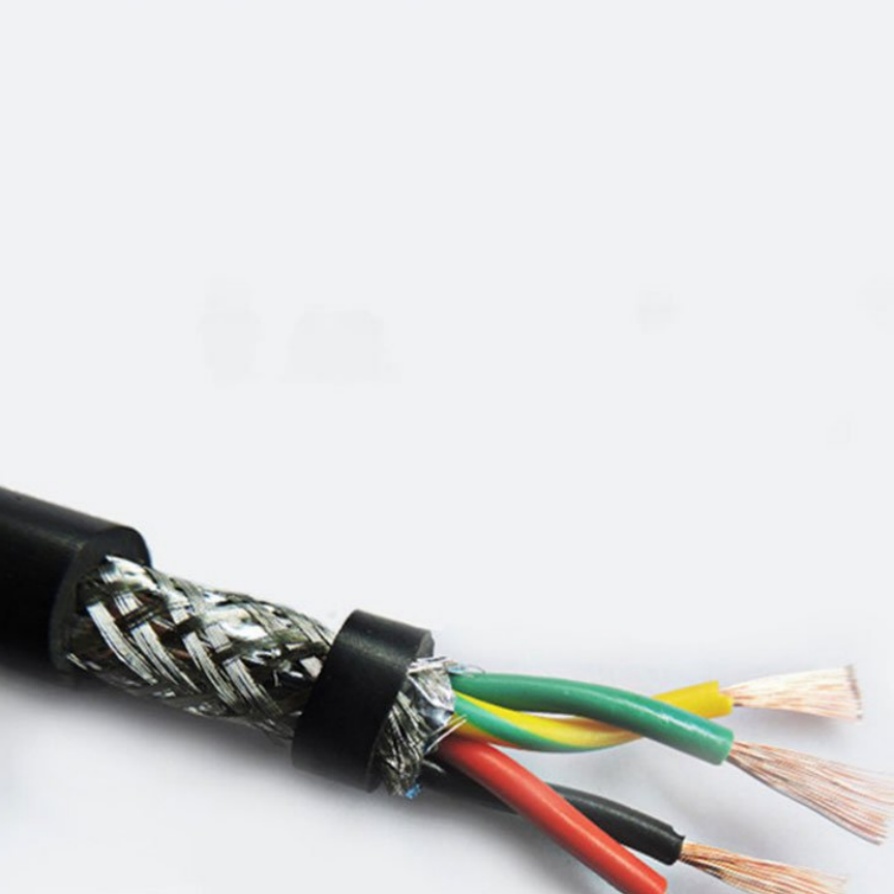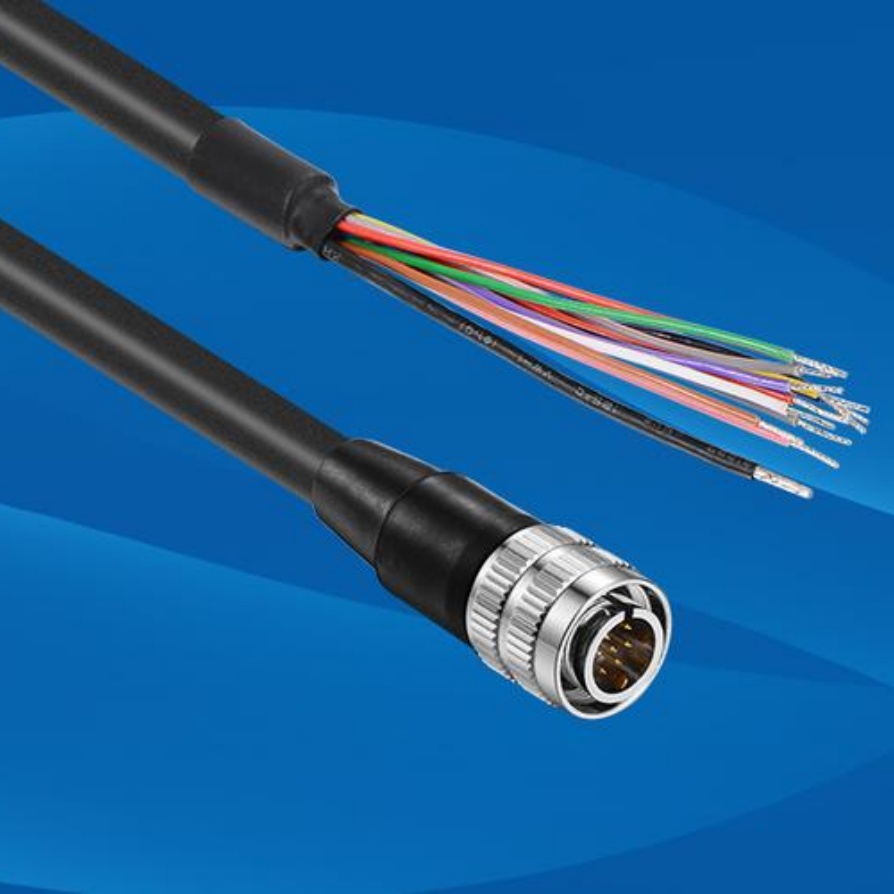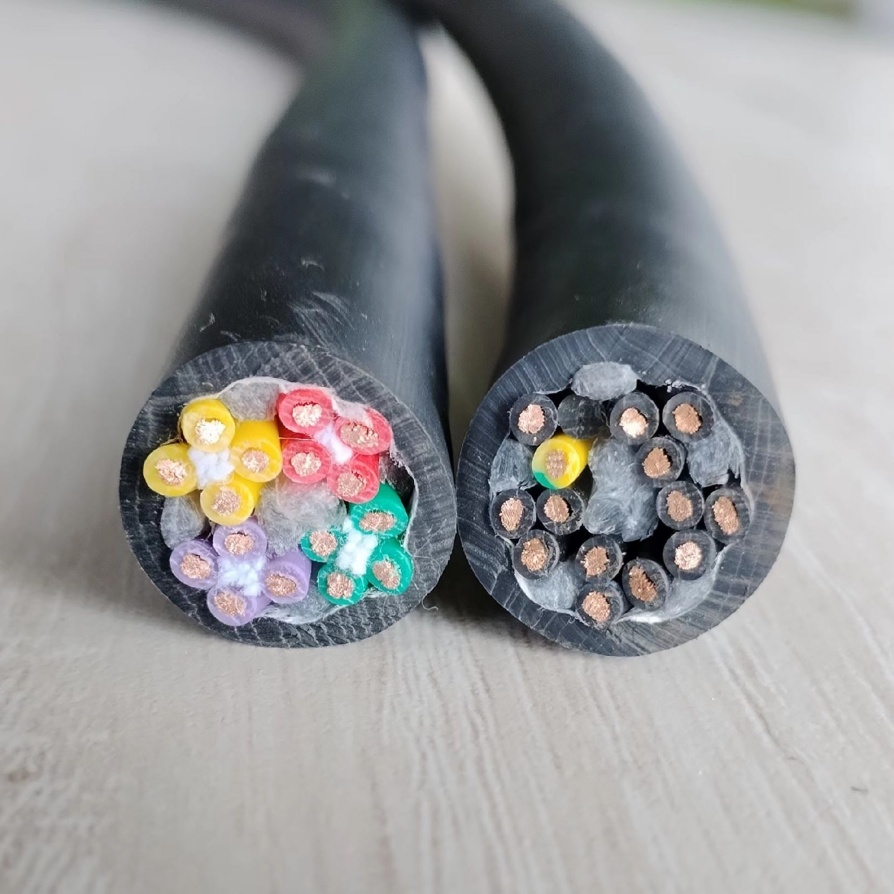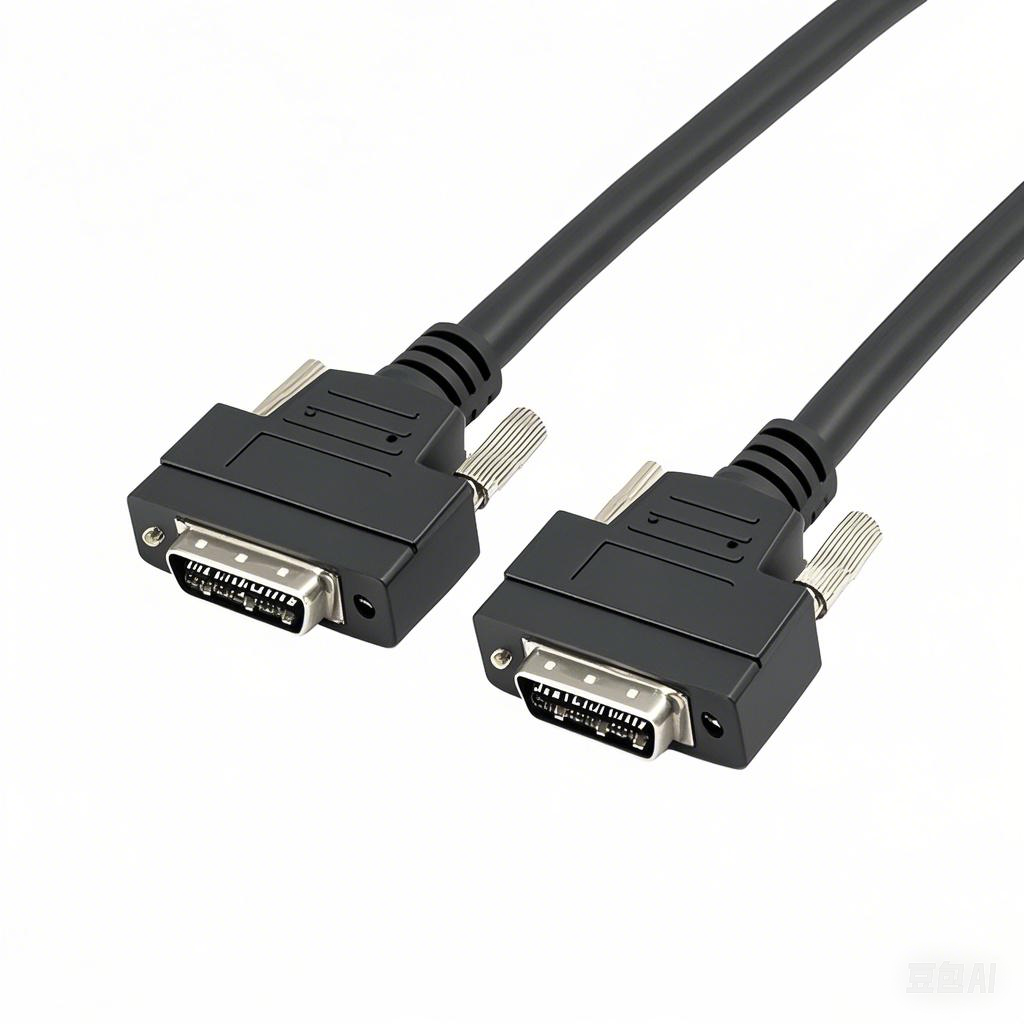What Is USB3 Vision Cable? A Comprehensive Guide for Industrial Conne...
In the fast-paced world of industrial machine vision, where real-time image transmission and reliable device connectivity are non-negotiable, the USB3 Vision cable stands as a critical component. Far more than a standard USB 3.0 cable, it is a specialized connectivity solution engineered to meet the rigorous demands of industrial imaging systems. This guide demystifies its purpose, technology, and value for professionals relying on precision visual inspection and automation.
At its core, a USB3 Vision cable is a data transmission cable designed to comply with the USB3 Vision standard—an interface protocol developed by the Automated Imaging Association (AIA) in 2013 specifically for industrial cameras and vision systems . Built on the foundation of USB 3.1 Gen 1 technology (formerly known as USB 3.0), it inherits the base standard’s high-speed capabilities while adding industrial-grade enhancements tailored for machine vision applications. Unlike consumer USB cables, every aspect of its design—from connectors to shielding—prioritizes stability, durability, and compatibility in harsh factory environments.
One of the defining technical characteristics of USB3 Vision cables is their exceptional data transfer performance. They support theoretical speeds up to 5 Gbps, translating to practical throughput around 420 Mb/s—more than enough to handle high-resolution (up to 5MP) images at frame rates exceeding 80 fps . This speed is critical for applications like semiconductor wafer inspection or automotive part defect detection, where delayed image transmission could disrupt production lines. Complementing this speed is integrated power delivery: most cables supply up to 5V at 900mA for lengths up to 15 meters, eliminating the need for separate power cords for cameras .
Durability and environmental resilience set these cables apart from consumer alternatives. Industrial settings involve vibration, mechanical stress, and electromagnetic interference (EMI)—challenges addressed through specialized design features. Many USB3 Vision cables feature screw-lock connectors (typically M2 size) that secure the connection against vibration, preventing accidental disconnection in dynamic environments like robotic assembly lines . For applications involving moving components (e.g., robotic arms), high-flex variants offer up to 30 million bending cycles, ensuring longevity even with constant motion . EMI/RFI interference, a common culprit of data corruption in factories, is mitigated through dual foil and braid shielding .
Transmission distance is another key consideration, and USB3 Vision cables offer flexible solutions here. Standard passive cables support lengths up to 5 meters, while active variants—equipped with signal boosters—extend this range to 20 meters without compromising speed or signal integrity . This flexibility accommodates diverse factory layouts, from compact electronic assembly stations to large-scale automotive inspection lines.
A critical advantage of USB3 Vision cables is their compliance with the GenICam standard, which enables seamless interoperability between cameras, cables, and software from different manufacturers . This standardized approach simplifies system integration: a USB3 Vision cable certified by the AIA will work with any USB3 Vision-compliant camera, eliminating compatibility headaches for system integrators. Certified cables often bear the USB3 Vision logo, a mark of adherence to strict performance and compatibility criteria .
To understand where USB3 Vision cables excel, it helps to compare them with other industrial vision interfaces like GigE Vision. While GigE Vision supports longer distances (up to 100 meters), its 1 Gbps speed pales in comparison to USB3 Vision’s 5 Gbps . USB3 Vision also offers lower latency, making it preferable for real-time applications, though it requires more careful management of multiple camera setups . For most mid-range machine vision systems balancing speed and practicality, USB3 Vision cables strike the ideal balance.
These cables find applications across virtually every industry relying on machine vision:
- 3C Electronics: Inspecting smartphone screens for micro-scratches using high-resolution cameras paired with 5-meter passive cables .
- Automotive Manufacturing: Verifying weld quality on assembly lines with high-flex cables that withstand robotic arm movement .
- Food & Pharmaceutical: Monitoring packaging integrity via cameras powered and connected by single USB3 Vision cables, reducing clutter in hygienic environments .
- Printing: Detecting ink defects in real time using thin-profile cables that enable dense camera configurations .
When selecting a USB3 Vision cable, key factors include length (passive vs. active), environmental conditions (static vs. high-motion), and certification status. For high-vibration areas, prioritize screw-lock connectors; for robotic applications, choose cables with 30+ million bending cycles; and always verify compliance with AIA standards for guaranteed compatibility.
For professionals seeking reliable USB3 Vision cables that deliver on these critical requirements, FRS brand factory stands as a trusted partner. Our cables are engineered to meet AIA’s strict USB3 Vision specifications, featuring 5 Gbps transmission speeds, screw-lock connectors, and dual shielding for EMI protection. Whether you need 3-meter passive cables for compact inspection stations or 20-meter active variants for large-scale lines, we offer durable solutions compatible with all major industrial camera brands. Backed by rigorous testing—including vibration resistance and flex-cycle validation—FRS USB3 Vision cables ensure uninterrupted performance, keeping your machine vision systems running at peak efficiency.


